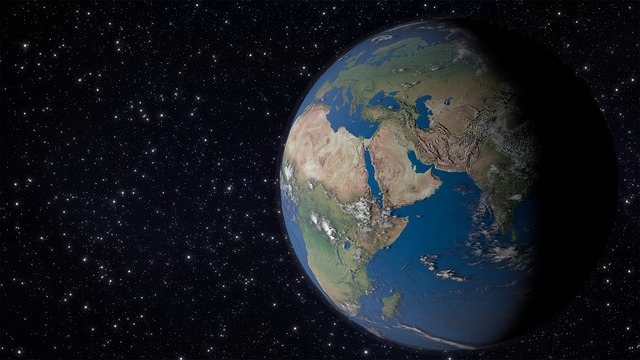Creating a 3D animation to raise awareness about climate change and the importance of saving the Earth can be a powerful tool for educating and inspiring action. Here are some steps to help you create a 3D animation of the Earth related to climate change:
- Define your message: Determine the key message with help of 3D animation Services you want to convey through your animation. It could be highlighting the impact of climate change, showcasing sustainable practices, or advocating for environmental conservation. Having a clear message will guide your storytelling and animation process.
- Storyboarding: Create a storyboard that outlines the sequence of scenes and visuals you want to include in your animation. This will help you plan the flow and structure of your animation, ensuring that it effectively communicates your message.
- 3D Modeling: Use 3D modeling software to create a realistic 3D model of the Earth. Pay attention to details such as landmasses, continents, oceans, and climate-related features like ice caps or deforestation areas. You can also include other objects like factories, renewable energy sources, or symbols representing climate change.
- Animation Techniques: Utilize animation techniques to bring your 3D model to life. This may involve animating the rotation of the Earth, showcasing the changing climate patterns, illustrating the effects of global warming, or displaying the positive impact of sustainable practices.
- Visual Effects: Enhance your animation with visual effects like particle systems, weather effects, or simulations to illustrate climate-related phenomena such as storms, melting ice, or rising sea levels. These effects can help reinforce your message and create a visually engaging experience.
- Narration and Sound Effects: Consider adding a voiceover narration or informative text to explain the visuals and provide context. Additionally, include suitable sound effects or background music to enhance the emotional impact of your animation.
- Rendering and Post-production: Once your animation is complete, render it using high-quality settings to ensure the visuals are crisp and realistic. After rendering, you can further enhance the animation through post-production techniques like color correction, editing, and adding visual effects if needed.
- Distribution and Promotion: Share your 3D animation on various platforms and channels to reach a wider audience. Consider using social media, video-sharing platforms, websites, or partnering with organizations working on climate change initiatives to promote your animation.
Remember to research and gather accurate information about climate change to ensure the credibility of your animation. The goal is to inform, engage, and inspire viewers to take action towards mitigating climate change and protecting the Earth.










